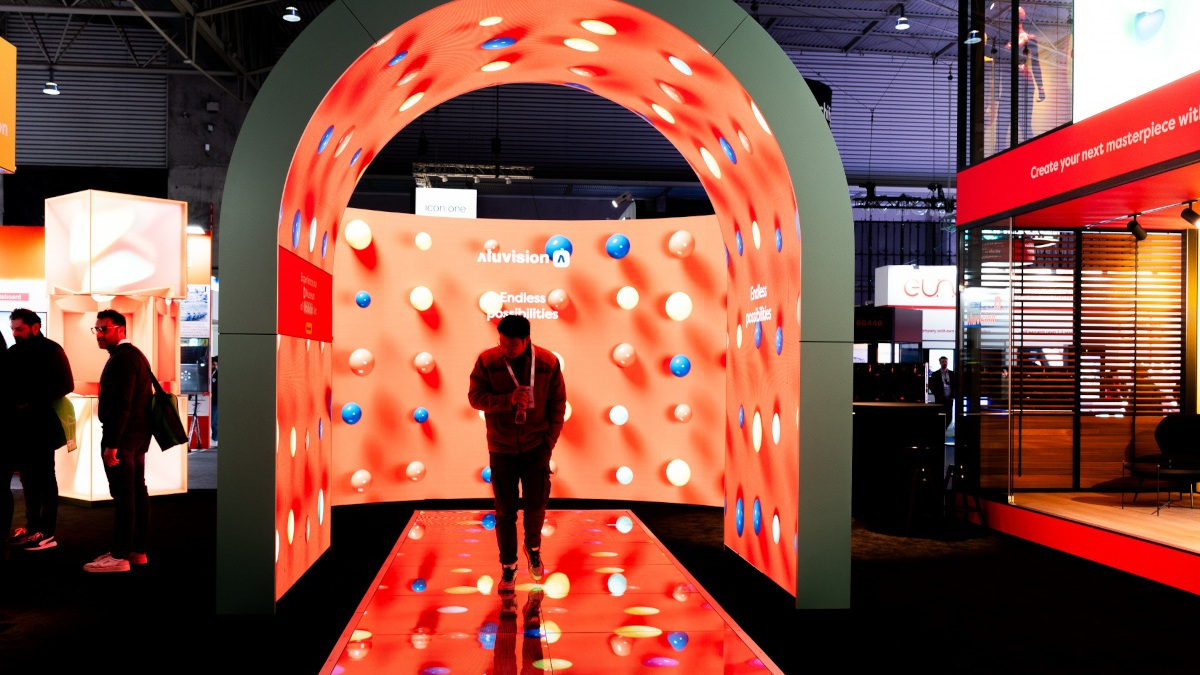Talking about opportunities is much more exciting than talking about responsibilities. Google has now applied this principle to IT security. Could this work for digital signage?

invidis confidential 06|24: Opportunities vs Responsibilities
No one enjoys discussing IT security. Frankly, it’s not the most popular topic to read about, either. I would also be lying if I said it’s a blast to write about. IT security is one of those arduous tasks that very few people are passionate about. For the rest of us, it’s painstaking. However, in business and in life, the perspective of an arduous task can be flipped: instead of framing it as something “we have to do,” it can be seen as something “we get to do.” This shift in mindset can make something daunting seem more appealing: an opportunity for growth.
Google recently did something similar with its new AI cyber defense initiative. Google CEO Sundar Pinchai himself presented it at last weekend’s security conference in Munich. With this initiative, the tech giant aims to reverse the traditional power dynamic in cybersecurity, using AI to empower defenders and take proactive action against threats. Or as Google calls it, “reversing the dynamic known as the ‘Defender’s Dilemma’ “. Opportunity and Proactive Action – do these words not sound much better than responsibility?
By making it more engaging and even “fun,” Google has set a precedent for reframing IT security. This approach could serve as advice for the digital signage industry, which is undergoing a transition away from technology silos.
Leaving ones little island and branching out into the big wide world brings about equal opportunities and responsibilities. In digital signage speak, this means: leaving the silo and integrating into larger technological ecosystems. Among new responsibilities, IT security stands out as the biggest one, alongside navigating the tech landscape and delivering genuine value to customers.
Incorporating AI, such as LLM (Large Language Models), into digital signage can not only mean offering automated content production and dynamic optimization but also building proactive defense mechanisms. By befriending this approach, companies can differentiate themselves and better protect their systems and data in an evolving digital landscape.
The larger picture: digital signage & global security
Speaking of proactive defense mechanisms, control rooms are one such scenario where digital signage is indeed a critical element in bigger security protocols: Connected armed forces, drone control, and cyber security all rely on high-resolution visual solutions like LED and LCD video walls. In the face of the major geopolitical issues discussed at the Munich security conference, we wrote about digital signage’s role as a mission critical solution:
More on AI & IT security: DSS Europe 2024
The big topic of this year’s Digital Signage Summit Europe, jointly organized by invidis and ISE, will be “Signage & Software.” Within this context, we will dedicate a large portion of the discussions towards AI & IT security with speakers from Google and other giant players from inside and outside the digital signage industry on board.
Because DSS Europe will take place 6 weeks earlier this year, we already put together a little preview of what will await you:
On another note: Walmart shakes up retail media rules
In the retail media landscape, the US retail giant Walmart announced an interesting move this week: the aquisition of smart TV manufacturer Vizio. With this takeover, Walmart aims to leverage Vizio’s 18 million active platform users for expanded retail media reach and consumer data for marketing. We wrote about what this deal means for digital signage in retail:
Retail Media will, of course, be another of our major topics – not only at the DSSE conference but also in our yearbook. At invidis HQ, we officially kicked off the yearbook process this week. Included will be a large article on “everything there is to know about retail media”.
With this little spoiler, I’ll leave you for the weekend. Whishing you a wonderful one,
Antonia Hamberger
